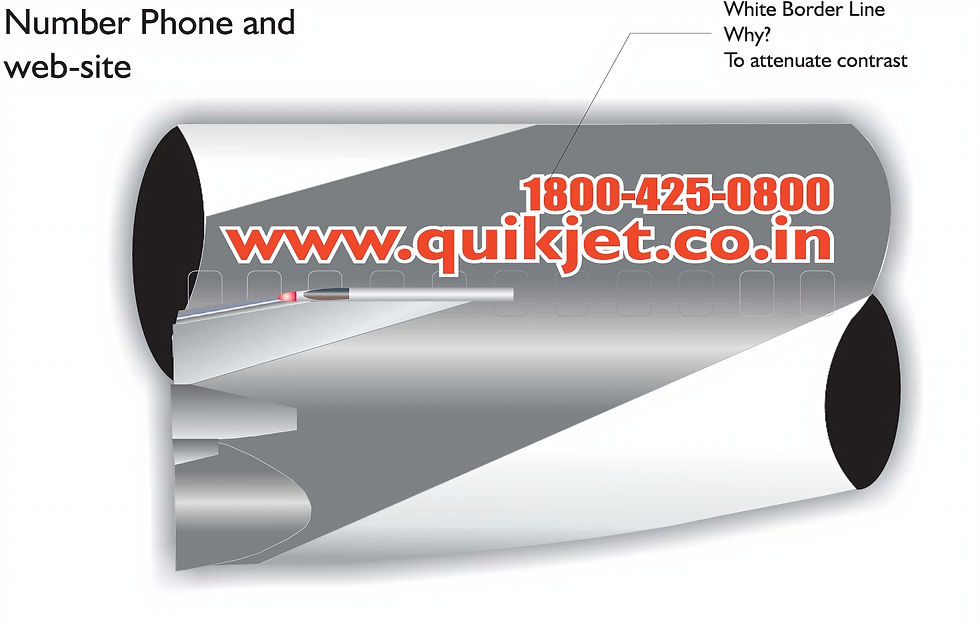The Anatomy of an Aircraft Livery Design!
- Prashant Kavi (PK)

- Aug 27, 2024
- 2 min read
Updated: Mar 17
In June of 2008, the startup all-cargo airline I was then working for as part of the core launch team, received its first freighter aircraft, a B737-300BDSF (Indian Regn. VT-DQP). The aircraft underwent a C-check and took on a new livery at a VEM* facility in Porto Alegre, Brazil, prior to delivery in Chennai [MAA], India.
(*Varig Engineering & Maintenance was still operating under its old name even though it had been acquired by TAP Portugal in 2005)
After we had finalized our corporate branding strategy including brand identity, logo and house style, there was a protracted discussion with the design agency around the livery to be adopted for the proposed fleet. It took about six iterations for the final design to be accepted internally!
When the final livery design was relayed to VEM, it quite interestingly and rather uncharacteristically (it is not the norm for a paint shop to offer unsolicited advice on the livery design itself unless required by some technical consideration), elicited some suggestions to the original livery design by the VEM team and very presciently at that! Out of all the suggested design enhancements, there was this one particular design motif, that I thought was a 'masterstroke' in cultural awareness by this team of individuals, located faraway in a different continent with no common thread of cultural likeness with our own.
Read on to find out how and what this design twist was!
The Aircraft:
Boeing B737-38M BDSF; MSN 24020 (Started life with Trans European Airways, Belgium as a passenger aircraft in October 1988; cargo conversion performed by IAI Aircraft Division, Bedek Aviation Group in 2004)

The Original Design Brief (finalized after 6 iterations!):







Suggested Design Enhancements (from VEM):





It was this Henna print design motif that stood out and was a big hit when the aircraft emerged from the paint shop and was captured for the first time on camera. I recall there was a huge amount of online chatter around initial pictures posted on the internet, which among others, called the livery, 'very fresh and exotic' and 'revolutionary for an all-cargo airline'!
For the uninformed, the Henna designs called 'Mehndi' in vernacular Indian context are intricate designs of temporary body art, applied mostly by women during weddings and festive occasions using a dye extracted from the Henna plant.
Needless to say we were very impressed with the suggestions and gave an instant approval for the suggested changes to be incorporated in the final livery design!
And here is how the aircraft looked when it finally emerged from the paint shop:
The clever insertion of localized art design as part of the overall aircraft livery reflects a profound cultural understanding and awareness, especially by individuals far removed from the concept, both from a geographical and socio-cultural standpoint.
Kudos to Marcelo Rempel & Team of the then VEM, for their vision and execution!
All pictures and illustrations used in this article are copyright of the author. Notes on the illustrations are those as originally received from VEM.







Comments